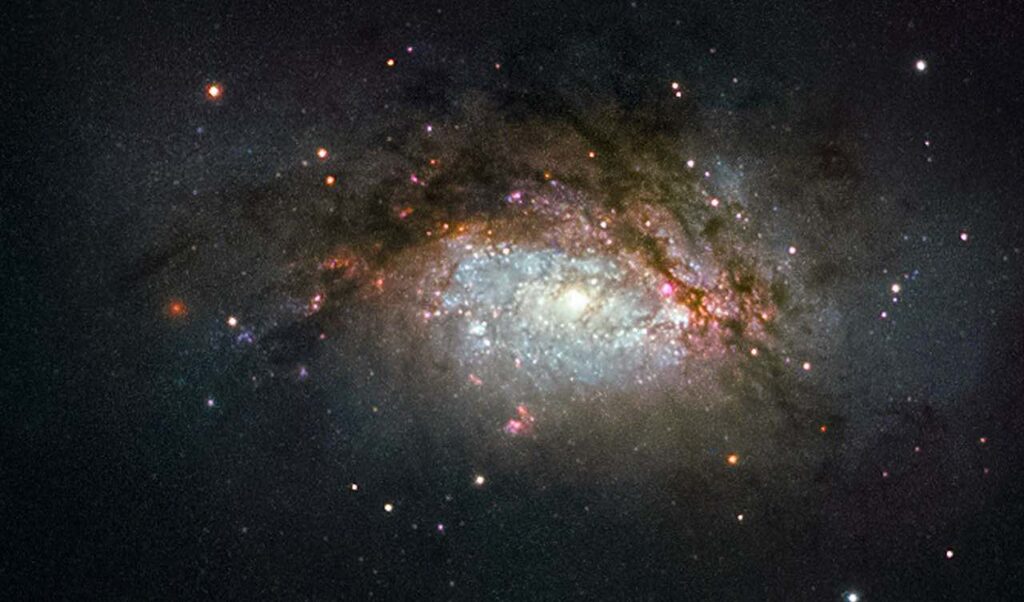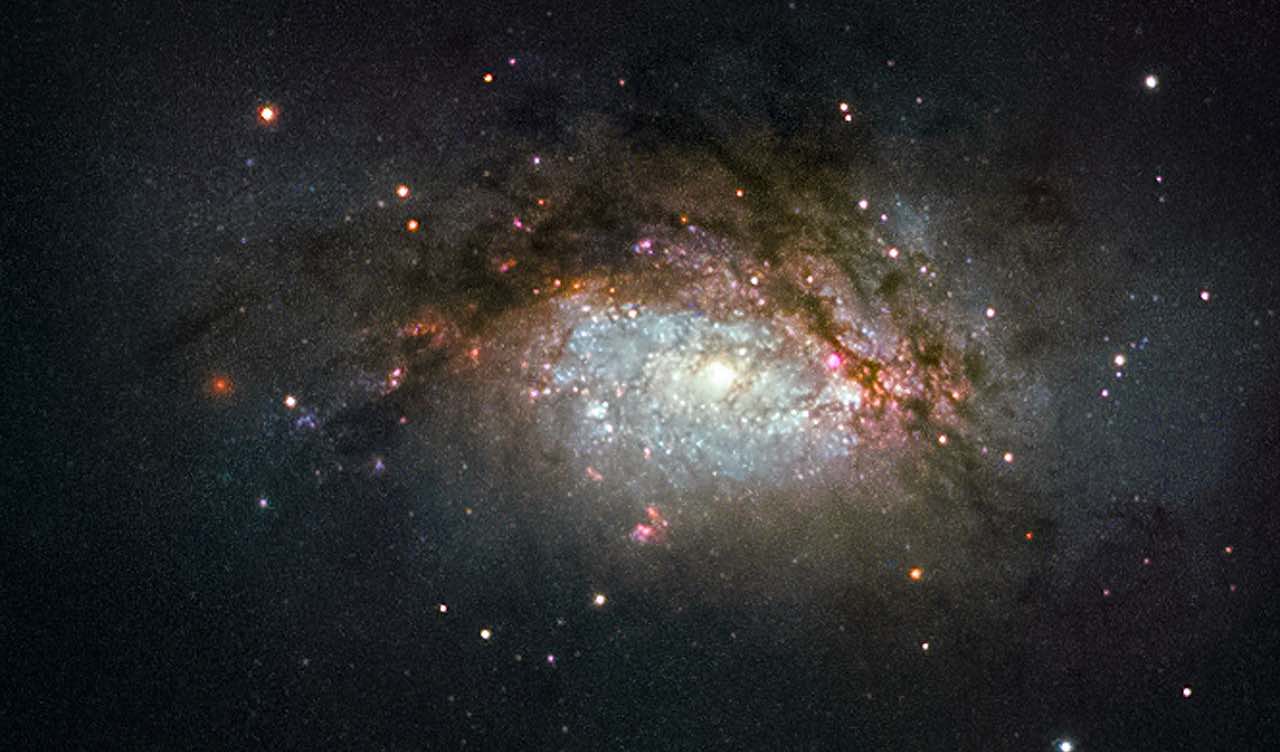Shockwaves through spacetime from the largest intergalactic explosion ever recorded since the Big Bang recently passed our solar system.

In a fraction of a second, an amount of energy equal to one quadrillion atomic bombs was released into the universe in the form of gravitational waves. Traveling at the speed of light, they only reached Earth seven billion years after the detonation.
The shockwaves were discovered by the gravitational wave detectors LIGO in the U.S., and VIRGO in Italy. Researchers concluded that the cataclysm was the result of a galactic merger, perhaps the most dramatic event in space, when two black holes find themselves caught in each other’s orbit before spiraling into one another.
RELATED: Star-Gazer Reveals Stunning Pictures of Space He Takes From His Back Garden
Speculating for National Geographic, Caltech astronomer Matthew Graham described it as “probably the largest explosion we’ve ever known in the universe,” while his university colleague Alan Weinstein remarked to the Guardian that the 0.10 second event just “sounds like a thud,” and that “it really doesn’t sound like much on a speaker.”
Not too hot, not too cold, but just right
Galactic mergers are known and recorded events, but scientists’ models suggest this one created a previously unknown interstellar object: a black hole 142 times the mass of our sun. It is previously unknown because black holes are recorded as either a few times bigger than our sun, or millions and perhaps even billions of times bigger than our sun, around which entire galaxies revolve.
MORE: ‘Unprecedented’ New Photos of the Sun’s Surface Are Being Hailed as Landmark Achievement for Science
The recent explosion figure sits in a place where traditional astrophysics state it shouldn’t be, based on the understood mechanisms by which a star becomes either a black hole or a supernova.
As gravity compresses the mass of a star inward, the light it generates pushes it outward, creating a delicate balancing act.
Changes in the amounts of positrons and electrons can result in a drop in pressure within the star, causing it to compress further and heat up. As this result replicates over time, a pair-instability supernova will blast the star’s matter outward, preventing a collapse into a black hole.
Continuing the coverage of the monumental event within the astrophysics community, Nat Geo interviewed LIGO team member Christopher Berry who noted how the recent explosion and subsequent black hole merger is impossible within current models.
“This is shocking, because it’s where we expect black holes not to exist,” he says. “[it’s] smack-bang in the range you’d expect pair instability.”
CHECK OUT: Teen Discovered New Planet 6.9 Times Bigger Than Earth Just Days into NASA Internship
Along with setting the record for biggest bang since ‘Big,’ the recent merger-explosion has opened up an entirely new avenue of research for the infinitely dense and infinitely curious objects.
SHARE The BIG Big Bang News With Your Friends on Social Media…




















